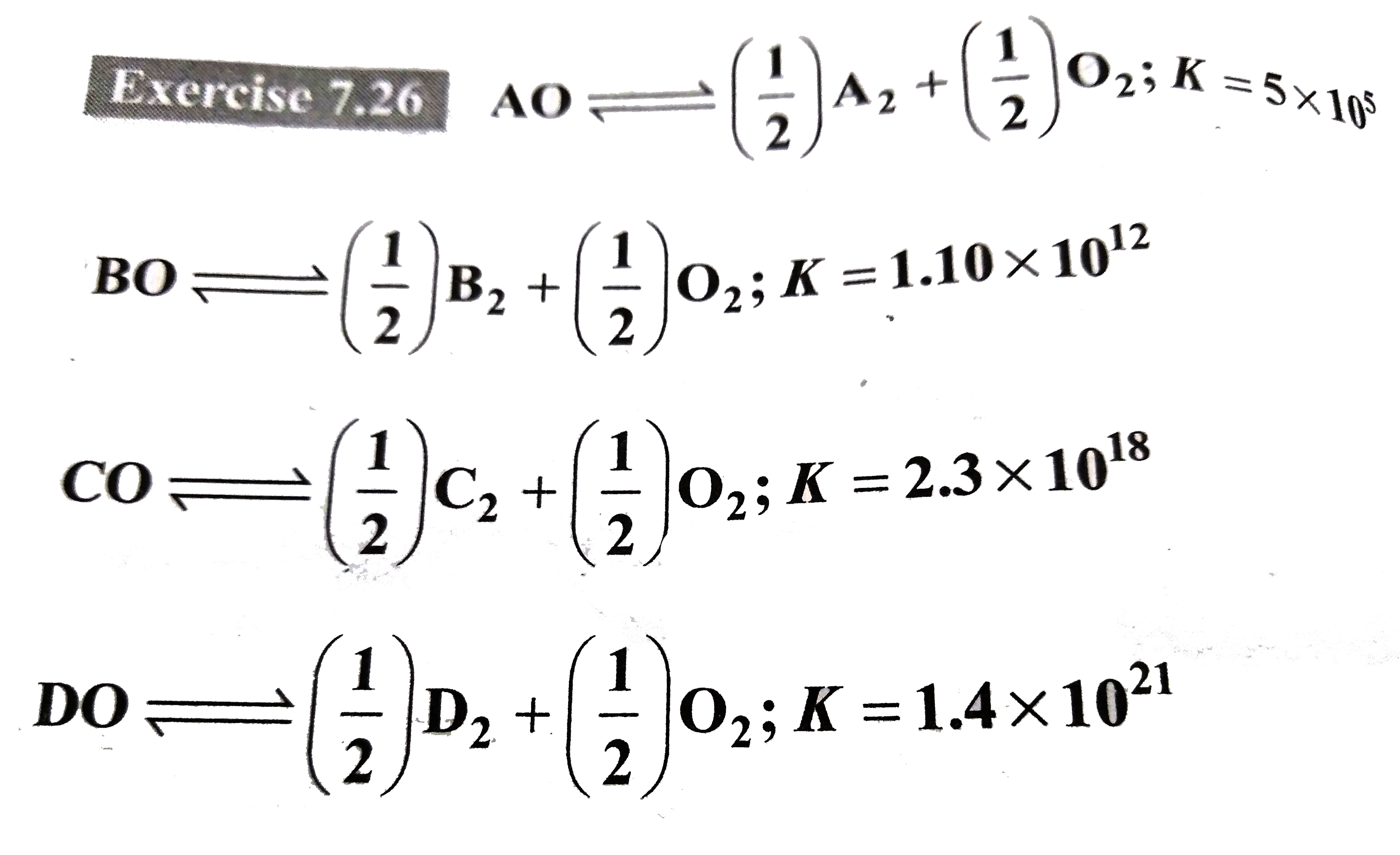Answer the following :
(a) Name of element of group which forms the most stable compound in oxidation state. .
To answer the question regarding the element of group 13 that forms the most stable compound in the +1 oxidation state, we can follow these steps:
1. Identify Group 13 Elements:
The elements in group 13, also known as the boron family, include boron (B), aluminum (Al), gallium (Ga), indium (In), and thallium (Tl).
2. Understand Oxidation States:
Group 13 elements can exhibit two oxidation states: +1 and +3. The +3 oxidation state is generally more stable for lighter elements like boron and aluminum, while the stability of the +1 oxidation state tends to increase as we move down the group.
3. Analyze Trends in Stability:
- As we move down the group, the tendency to exhibit the +1 oxidation state increases.
- For gallium and indium, the +3 oxidation state is more stable compared to +1.
- However, for thallium, the +1 oxidation state becomes the most stable due to the inert pair effect.
4. Inert Pair Effect:
The inert pair effect refers to the tendency of the two electrons in the outermost s-orbital (ns²) to remain unshared and not participate in bonding. This effect is more pronounced in heavier elements, leading to a greater stability of the +1 oxidation state in thallium.
5. Conclusion:
Based on the above analysis, the element of group 13 that forms the most stable compound in the +1 oxidation state is Thallium (Tl).
Final Answer:
Thallium (Tl) is the element of group 13 that forms the most stable compound in the +1 oxidation state.
---
The elements in group 13, also known as the boron family, include boron (B), aluminum (Al), gallium (Ga), indium (In), and thallium (Tl).
Group 13 elements can exhibit two oxidation states: +1 and +3. The +3 oxidation state is generally more stable for lighter elements like boron and aluminum, while the stability of the +1 oxidation state tends to increase as we move down the group.
- As we move down the group, the tendency to exhibit the +1 oxidation state increases.
- For gallium and indium, the +3 oxidation state is more stable compared to +1.
- However, for thallium, the +1 oxidation state becomes the most stable due to the inert pair effect.
The inert pair effect refers to the tendency of the two electrons in the outermost s-orbital (ns²) to remain unshared and not participate in bonding. This effect is more pronounced in heavier elements, leading to a greater stability of the +1 oxidation state in thallium.
Based on the above analysis, the element of group 13 that forms the most stable compound in the +1 oxidation state is Thallium (Tl).
Thallium (Tl) is the element of group 13 that forms the most stable compound in the +1 oxidation state.
Topper's Solved these Questions
- P-BLOCK GROUP 13 - BORON FAMILYBook:CENGAGE CHEMISTRY ENGLISHChapter:P-BLOCK GROUP 13 - BORON FAMILYExercise:Solved Examples
Explore 16 Videos
- P-BLOCK GROUP 13 - BORON FAMILYBook:CENGAGE CHEMISTRY ENGLISHChapter:P-BLOCK GROUP 13 - BORON FAMILYExercise:Ex 6.1 (Subjective)
Explore 17 Videos
- ORGANIC REACTION MECHANISMBook:CENGAGE CHEMISTRY ENGLISHChapter:ORGANIC REACTION MECHANISMExercise:Analytical and Descriptive
Explore 6 Videos
- P-BLOCK GROUP 14 - CARBON FAMILYBook:CENGAGE CHEMISTRY ENGLISHChapter:P-BLOCK GROUP 14 - CARBON FAMILYExercise:Exercises Archives (Subjective)
Explore 9 Videos
Similar Questions
Name the element of group 13 which forms only covalent compounds.
View SolutionName an element of group 18 which can form compounds.
View SolutionName the first element of group 13.
View SolutionWhich is the most stable element?
View SolutionWhich element of group 13 forms the most stable +1 oxidation state.
View Solution
Which oxide is most stable?
View SolutionName the elements of group 13 which form amphoteric hydroxides.
View SolutionAmong the following the most stable compound is
View SolutionWhich element of group 13 forms covalent compounds only
View SolutionWhich element of group 13 forms acidic oxide ?
View Solution
